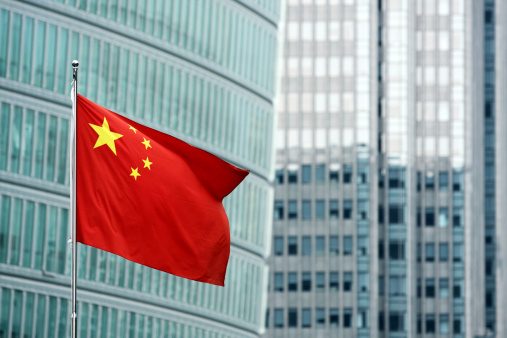Economy
China Stimulus Closer, as Government Expresses Worry About 7% Growth
Published:
Last Updated:
Market prices in China soared as the Hang Seng rose 2.3% to 21,915, and H shares were up 3.9% to 9,780. Perhaps the markets sense the slow growth will yield actions by the central government
China’s government leaders have said that any stimulus they might add to the economy in the People’s Republic will be nowhere close to the $600 billion invested in 2008. They claim that China does not face problems similar to the period four years ago when the world dropped into one of the deepest recessions in decades. At that point, China’s growth and employment where threatened. Some amount of stimulus is likely now, no matter what government officials say.
China’s premier Premier Li Keqiang lately has become more worried about the chances that the nation’s gross domestic product (GDP) can grow at the government’s forecast 7.5% rate this year. And he has hinted that the People’s Republic will have to act if that growth rate drops below 7%. According to MarketWatch:
The Beijing News cited the premier as telling a State Council meeting last week that economic growth can’t be allowed to slip below the 7% level as that will help the government reach it’s official target of doubling the size of the economy this decade.
And now HSBC, which watches the Chinese economy as closely as any major bank, has forecast that a stimulus package will be put in place soon. MarketWatch further reports that:
Economic growth in China of 7% or less would probably trigger additional stimulus from the government and central bank, HSBC Group Chief Economist Stephen King said Tuesday, though he said HSBC doesn’t expect growth to slow that far.
China’s GDP growth rate is already down near 8%. In most economies that would be a boom. In China’s, it could be near a recession. And the slow growth may worsen as its major trading partner the European Union, the largest region in the world by GDP, becomes more economically troubled and falls into a second recession. China’s middle class has become a larger part of GDP. This middle class has to expand and prosper to support GDP. So, if factory activity slows and employment growth and wages stagnate, the amount of any stimulus forecast would rise quickly. And the $600 billion China set as a stimulus in 2008 may be met or exceeded this year.
Thank you for reading! Have some feedback for us?
Contact the 24/7 Wall St. editorial team.